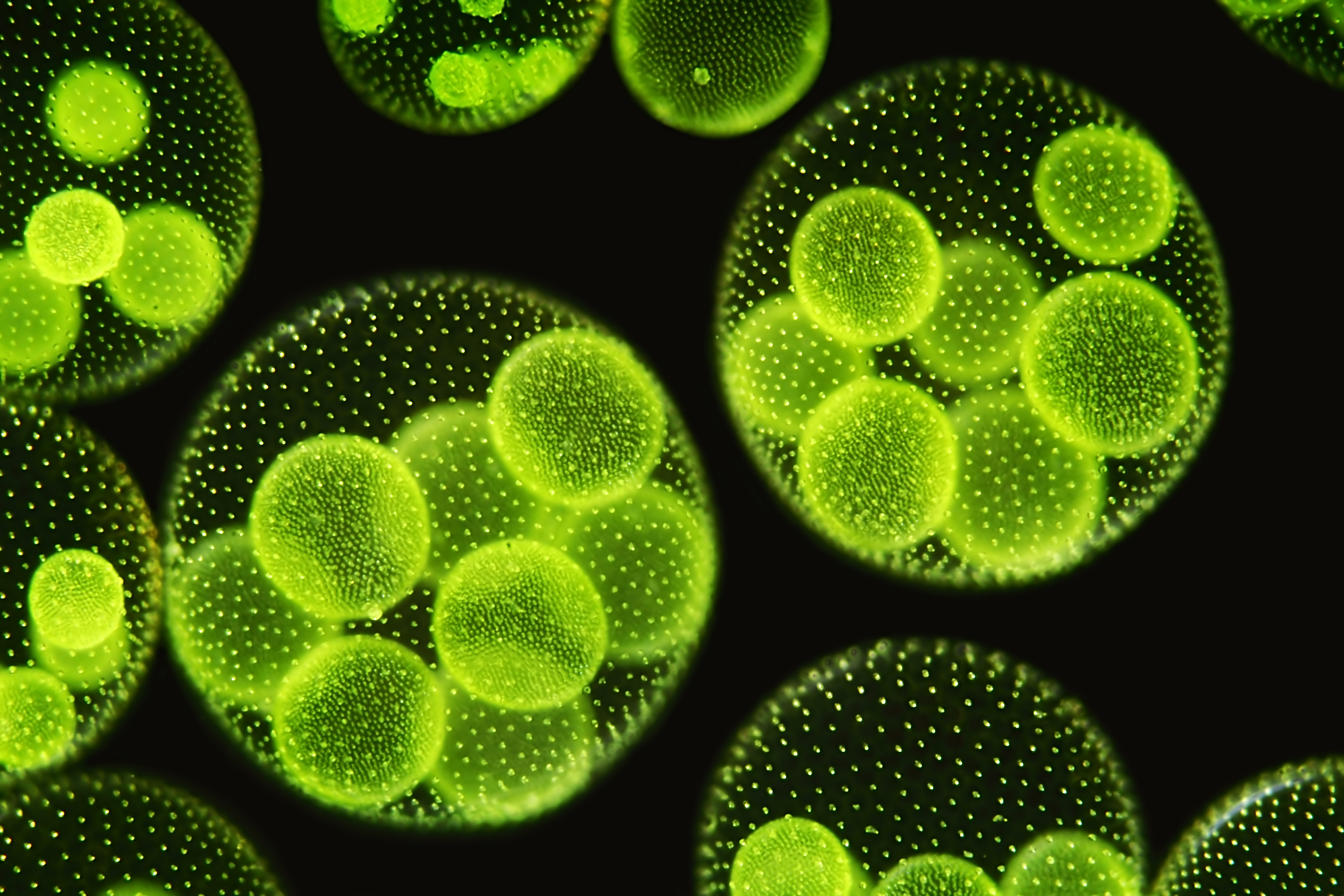
INTAROS collaborator Mikael Sejr, Aarhaus University, Denmark, has two new publications from his research in Greenland.
Following the previous paper highlighted via the INTAROS new, Mikael has published two further papers on understanding foodwebs in the high Arctic.
The first paper is currently available for online comment and discussion via Biogeosciences Discuss:
"Seasonal and spatial patterns of primary production in a high-latitude fjord affected by Greenland Ice Sheet run-off". 2019. Holding et al. Biogeosciences Discuss.
This paper looks at how primary production, whereby plans transform sunlight and chemicals in the environment into biomass, which is a fundamental process that underpins all food webs, is influenced my glacier melt water.
In the second paper, the focus turns specifically to spring blooms. Polar oceans are characterised by strong spring blooms, where minute algae and diatoms occur in great abundance for a period of time. These blooms are typically dominated by diatoms (single-celled algae) and, despite being concentrated within a couple of weeks, they account for much of the annual net primary production. Therefore, diatom activity can govern the capacity of polar marine ecosystems to take up atmospheric carbon and fuel the food web in Arctic Ocean.
"Silicic acid limitation drives bloom termination and potential carbon sequestration in an Arctic bloom." 2019. Krause et al. Scientific reports, 9(1), 8149-8149.
You can find a full list of INTAROS publications here.
Stay tuned to the INTAROS website and Social Media channels for all the latest from the project.
09 June 2019